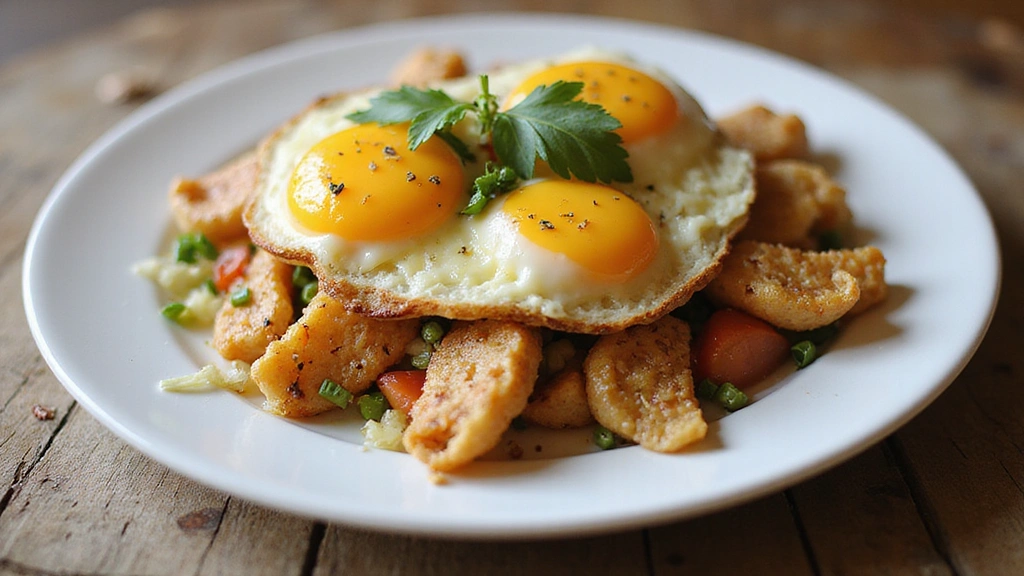Low carb breakfasts are a game-changer for anyone looking to cut down on carbs while still enjoying satisfying meals.
These recipes not only help maintain energy levels throughout the morning but also keep hunger at bay until lunch.
With rich flavors and hearty ingredients, low carb breakfasts can be both delicious and nutritious.
Whether you’re a busy professional or a stay-at-home parent, these ideas will make your mornings easier and tastier.
The History and Cultural Significance
• Low Carb Breakfast Recipes Delicious & Satisfying Ideas trace their origins to the growing awareness of health and nutrition in the late 20th century.
• The dish evolved over decades as more people adopted low carb diets, incorporating a wider variety of proteins and vegetables.
• In modern health culture, these recipes are celebrated for promoting weight loss and maintaining energy levels, symbolizing a shift towards healthier eating habits.
• While many variations exist across different regions, the authentic low carb breakfast maintains a focus on whole, unprocessed ingredients.
Recipe Overview
Nutritional Information (per serving)
Ingredients
Essential Equipment Guide
Non-Stick Skillet: A non-stick skillet is essential for cooking eggs and pancakes without them sticking. Look for one with a sturdy base for even heating.
Blender: A quality blender is important for making smoothies or mixing batter. Choose one with multiple speed settings and a powerful motor.
Measuring Cups and Spoons: Precise measurements are crucial for consistency in low carb recipes. Invest in a set of durable, easy-to-read measuring tools.
Preparation Methods
Beating Eggs: Beating eggs well is key to achieving a fluffy texture. Use a whisk or electric mixer to aerate the eggs, incorporating air for volume.
Sauteing Vegetables: Sautéing spinach before adding it to the egg mixture ensures it wilts properly and releases its flavors. Use medium heat and stir frequently to avoid burning.
Measuring Accurately: Accurate measurements are essential in low carb cooking to maintain the right balance of ingredients. Use measuring cups and spoons for precision, and level off dry ingredients.
Step 1: Prepare Ingredients
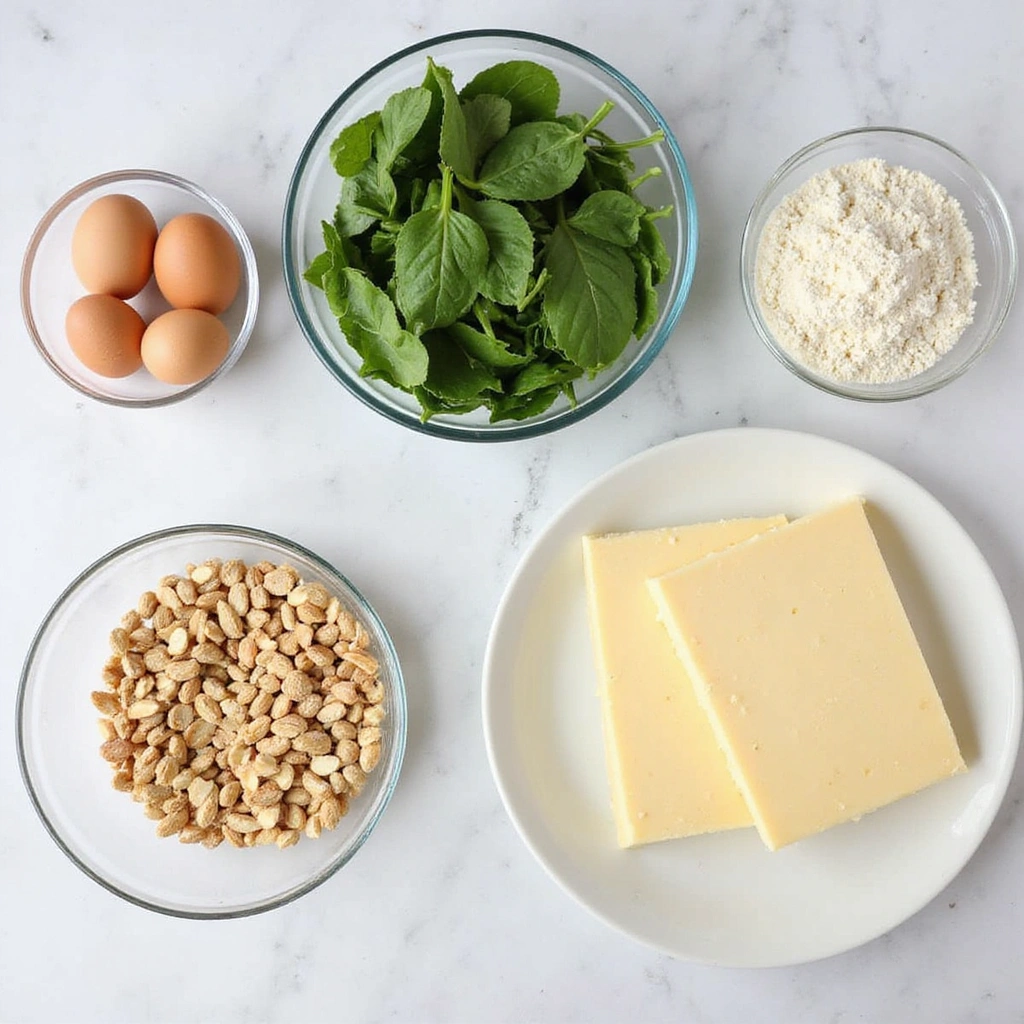
Gather all your ingredients on a clean workspace.
Ensure your eggs are fresh and your vegetables are washed.
Measure out almond flour and cheese to have everything ready.
This preparation will streamline the cooking process.
Step 2: Beat the Eggs
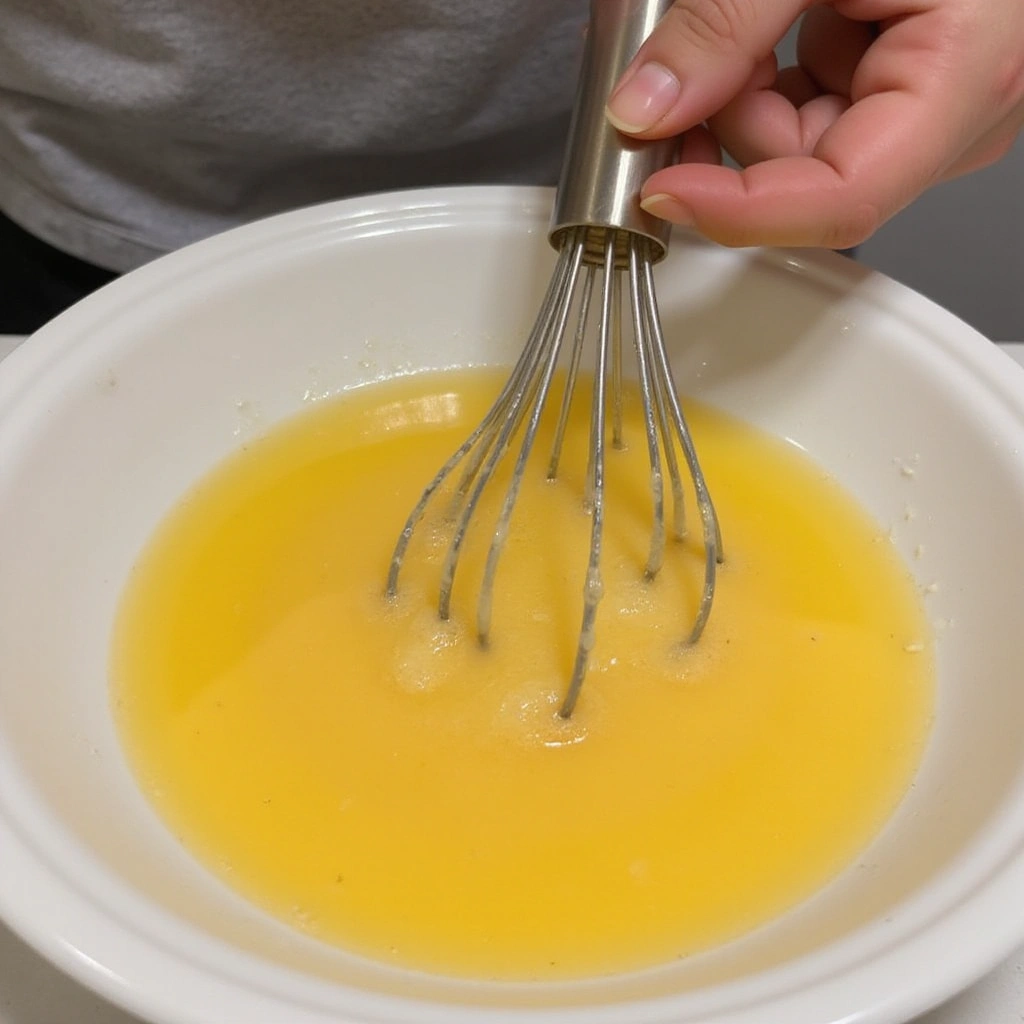
In a mixing bowl, crack the eggs and add salt and pepper.
Use a whisk or electric mixer to beat the eggs until frothy.
Look for a light and airy texture to ensure fluffiness in the final dish.
This step is crucial for achieving a well-risen breakfast.
Step 3: Sauté the Spinach
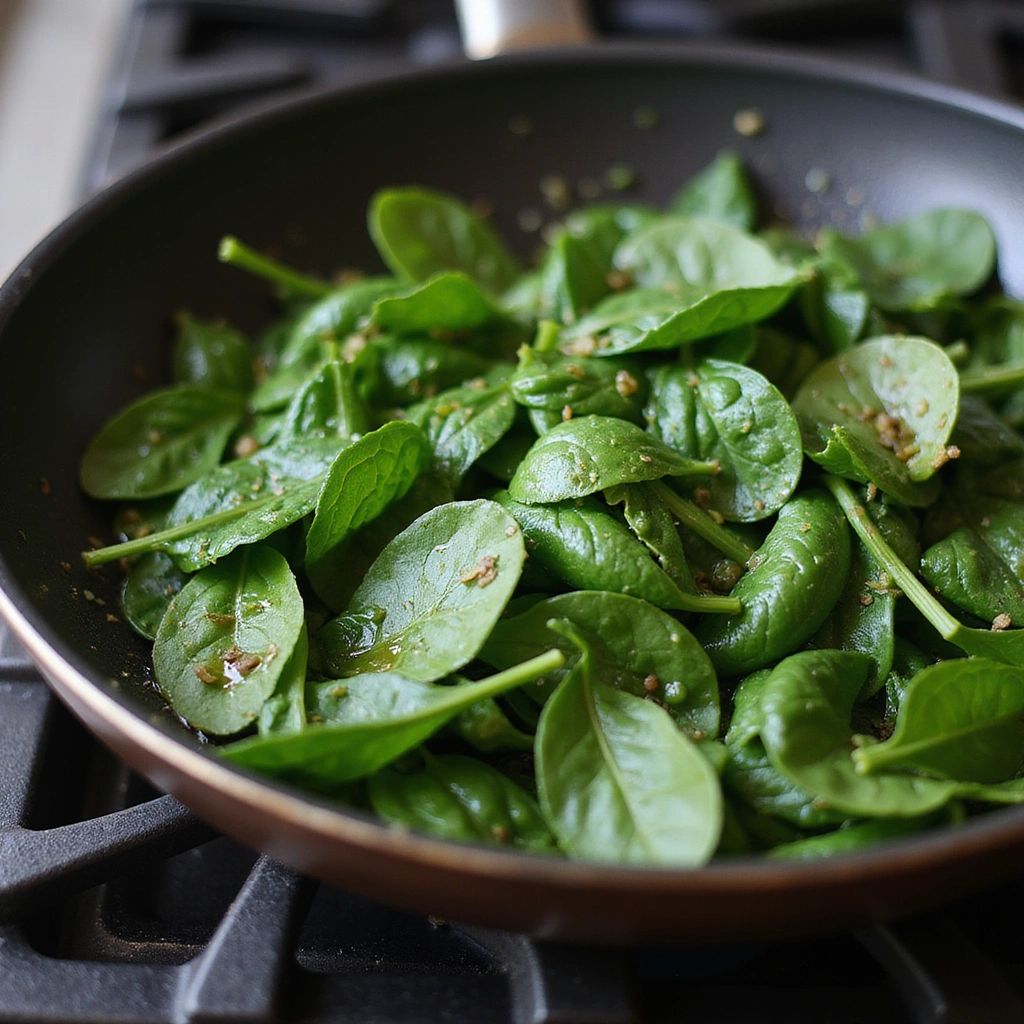
In a non-stick skillet, add a little oil over medium heat.
Once hot, add the chopped spinach and sauté for 2-3 minutes until wilted.
Ensure to stir frequently to avoid burning the spinach.
This will enhance the flavor and texture of the spinach.
Step 4: Combine Ingredients
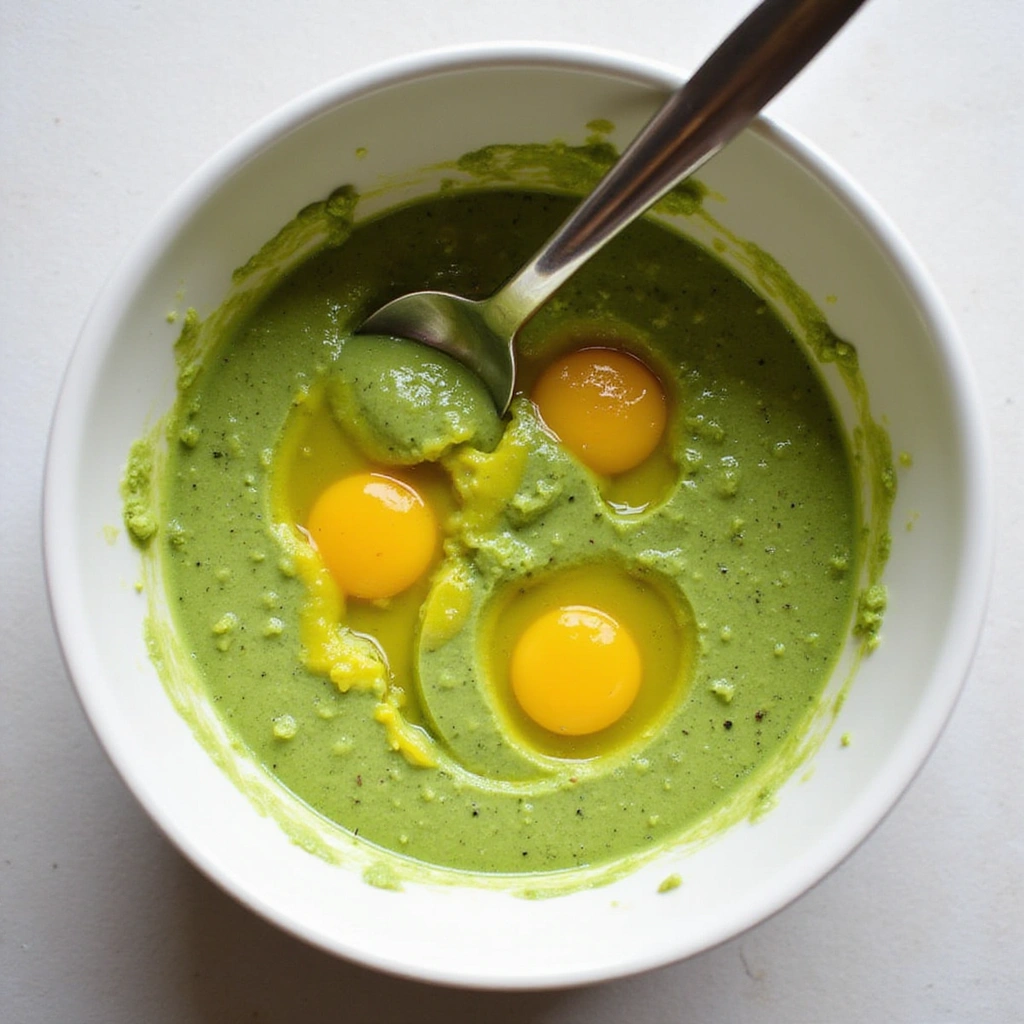
In a large bowl, combine the beaten eggs, sautéed spinach, and almond flour.
Stir gently until all ingredients are well mixed.
This mixture should be smooth without lumps.
Be careful not to overmix, as it can affect the texture.
Step 5: Add Cheese

Fold in the shredded cheddar cheese into the egg mixture.
Make sure the cheese is evenly distributed for consistent flavor.
This adds a creamy texture and rich flavor to the dish.
You can substitute with other cheeses if desired.
Step 6: Cook the Mixture

Pour the combined mixture back into the skillet over medium heat.
Cook for about 5-7 minutes, stirring occasionally to avoid sticking.
Look for the edges to set while the center remains slightly soft.
This will ensure a fluffy texture rather than a dense one.
Step 7: Finish Cooking
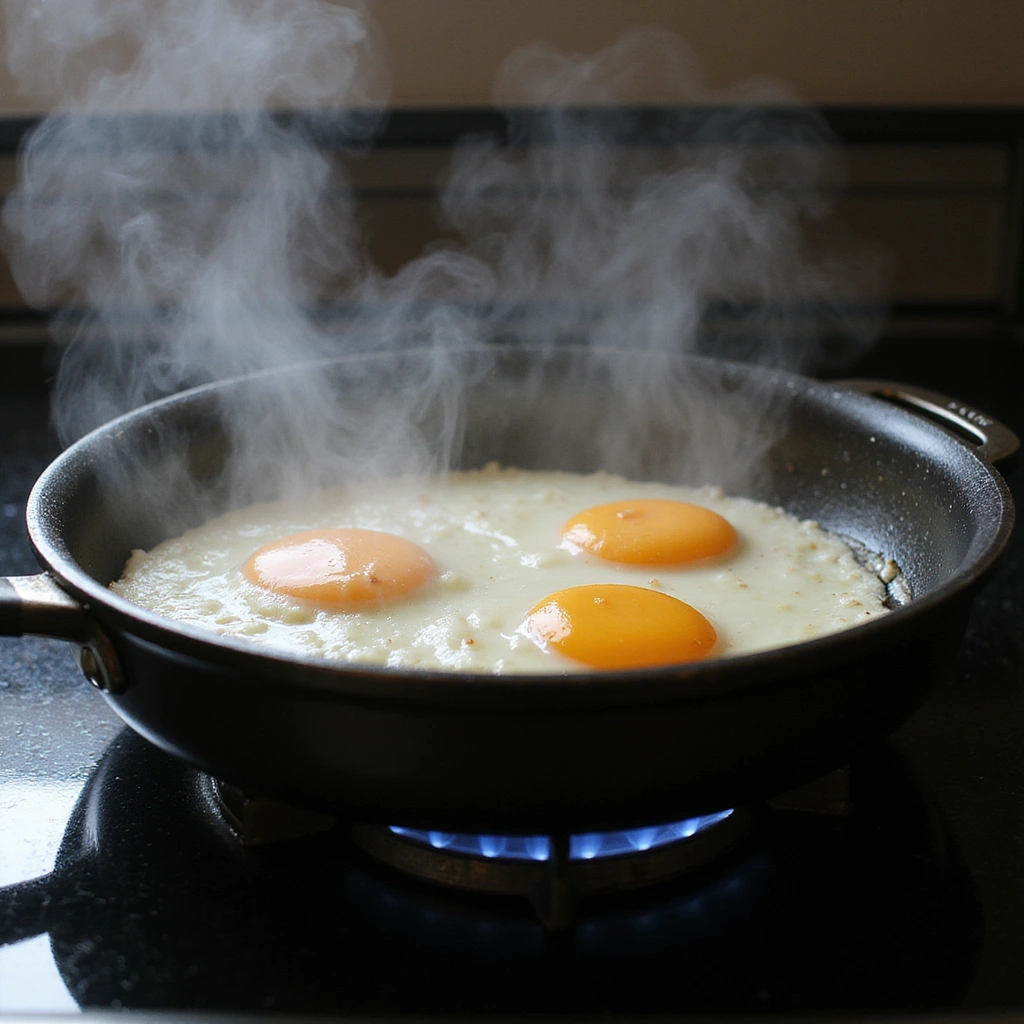
Once the edges are set, reduce the heat to low and cover the skillet.
Allow it to cook for another 3-5 minutes until fully set.
Check that the center is firm and no longer runny.
This step ensures the eggs are cooked through without overcooking.
Step 8: Serve and Enjoy

Remove the skillet from heat and let it cool slightly.
Cut into wedges and serve warm on plates.
Garnish with fresh herbs like parsley or chives for added flavor.
This presentation elevates the dish and makes it visually appealing.
Critical Timing and Temperature Guide
Sautéing Spinach: Sauté for 2-3 minutes on medium heat until wilted. Watch for vibrant green color and tenderness. Avoid cooking too long to prevent losing nutrients.
Cooking Eggs: Cook for 5-7 minutes on medium heat before reducing. The edges should set while the center remains slightly soft. Overcooking can lead to a rubbery texture.
Final Cooking: Cover and cook on low for an additional 3-5 minutes. The center should be firm with no runniness. Check frequently to prevent overcooking.
Pro Tips for Low Carb Breakfast Recipes Delicious & Satisfying Ideas
• Ingredient Selection: Choose fresh, organic eggs and high-quality cheese for the best flavor and nutrition.
• Preparation Secret: Whisk eggs until frothy to introduce air, resulting in a fluffier texture.
• Temperature Management: Use medium heat to avoid burning while cooking eggs and vegetables.
• Texture Enhancement: Fold ingredients gently to maintain an airy mixture.
• Flavor Layering: Experiment with herbs and spices to build more complex flavors.
• Make-Ahead Strategies: Prepare the egg mixture the night before and store it in the refrigerator.
• Restaurant-Quality Finishing Touches: Drizzle with olive oil or serve with a side of avocado for a gourmet touch.
• Equipment Optimization: Use a good quality non-stick skillet for the best cooking results.
Troubleshooting Common Issues
• Texture Too Dense: This may be caused by overmixing the egg mixture. Recognize it by a flat appearance. To fix, gently fold ingredients next time and avoid over-beating.
• Eggs Not Set Properly: If the eggs remain runny, ensure you cook on low heat after covering. Next time, increase cooking time or heat slightly to achieve doneness.
• Flavors Unbalanced: This can occur from insufficient seasoning. Taste before cooking and adjust salt and pepper as needed for balance.
• Burned Edges: Cooking on too high a heat can cause this. Keep heat at medium and watch closely to prevent burning.
• Too Much Liquid: This may result from excess vegetables. Next time, sauté veggies longer to release moisture before adding to the eggs.
Variations and Regional Differences
• Southwestern Style: Add diced bell peppers, onions, and spices like cumin for a flavorful twist.
• Italian Style: Incorporate sun-dried tomatoes and basil for a Mediterranean flair.
• Asian-Inspired: Stir in green onions and sesame oil for an Asian twist.
• Modern Interpretations: Use cauliflower rice instead of almond flour for a unique texture and flavor.
Food Science Behind the Recipe
• Emulsification: The process of mixing eggs and oil helps create a smooth batter, essential for even cooking.
• Maillard Reaction: This browning process enhances flavor, especially in sautéed vegetables. Understanding it helps achieve the perfect cooked taste.
• Protein Coagulation: Eggs solidify when heated, which is crucial for achieving the right texture in breakfast dishes.
Frequently Asked Questions
What’s the most common mistake people make when preparing low carb breakfasts? Overcooking eggs is a frequent issue. To prevent this, monitor cooking times closely and adjust heat as necessary.
Can I prepare components of this dish in advance? Yes, you can mix the egg batter and chop vegetables ahead of time. Store them in the fridge for up to 24 hours.
How do I adapt this recipe for dietary restrictions? Use dairy-free cheese for a lactose-free version and substitute almond flour with coconut flour for a nut-free option.
What’s the best way to store and reheat leftovers? Store leftovers in an airtight container in the fridge for up to three days. Reheat in a skillet over low heat for best texture.
Can I freeze this dish? Yes, freeze portions in airtight containers for up to 3 months. Thaw in the refrigerator overnight before reheating.
What wine or beverages pair best with this dish? A light white wine or fresh juice complements the dish well, enhancing the flavors without overpowering them.
How can I scale this recipe up for a crowd? Multiply the ingredients by the number of servings desired. Use a larger skillet or two to accommodate the increased volume.
What side dishes complement this recipe best? Fresh fruit, Greek yogurt, or a light salad work well as side dishes.
How do professional chefs elevate this dish for restaurant service? Chefs often use high-quality ingredients and innovative plating techniques to create a visually stunning presentation.
Serving and Presentation Guide
• Traditional Presentation: Serve in a rustic cast-iron skillet, garnished with fresh herbs and a sprinkle of cheese on top.
• Modern Plating Ideas: Use a white plate for a clean look, arranging the eggs artfully with colorful garnishes.
• Accompaniment Suggestions: Serve with sliced avocado or a light salad for balance.
• Special Occasion Presentation: Enhance with edible flowers or microgreens for an elegant touch.
Conclusion
Low carb breakfasts are not just a trend; they are a lifestyle choice that can make mornings enjoyable and satisfying.
I encourage you to try these recipes and explore the flavors and textures that low carb options offer.
With a little creativity, your breakfast can be both delicious and nutritious!
